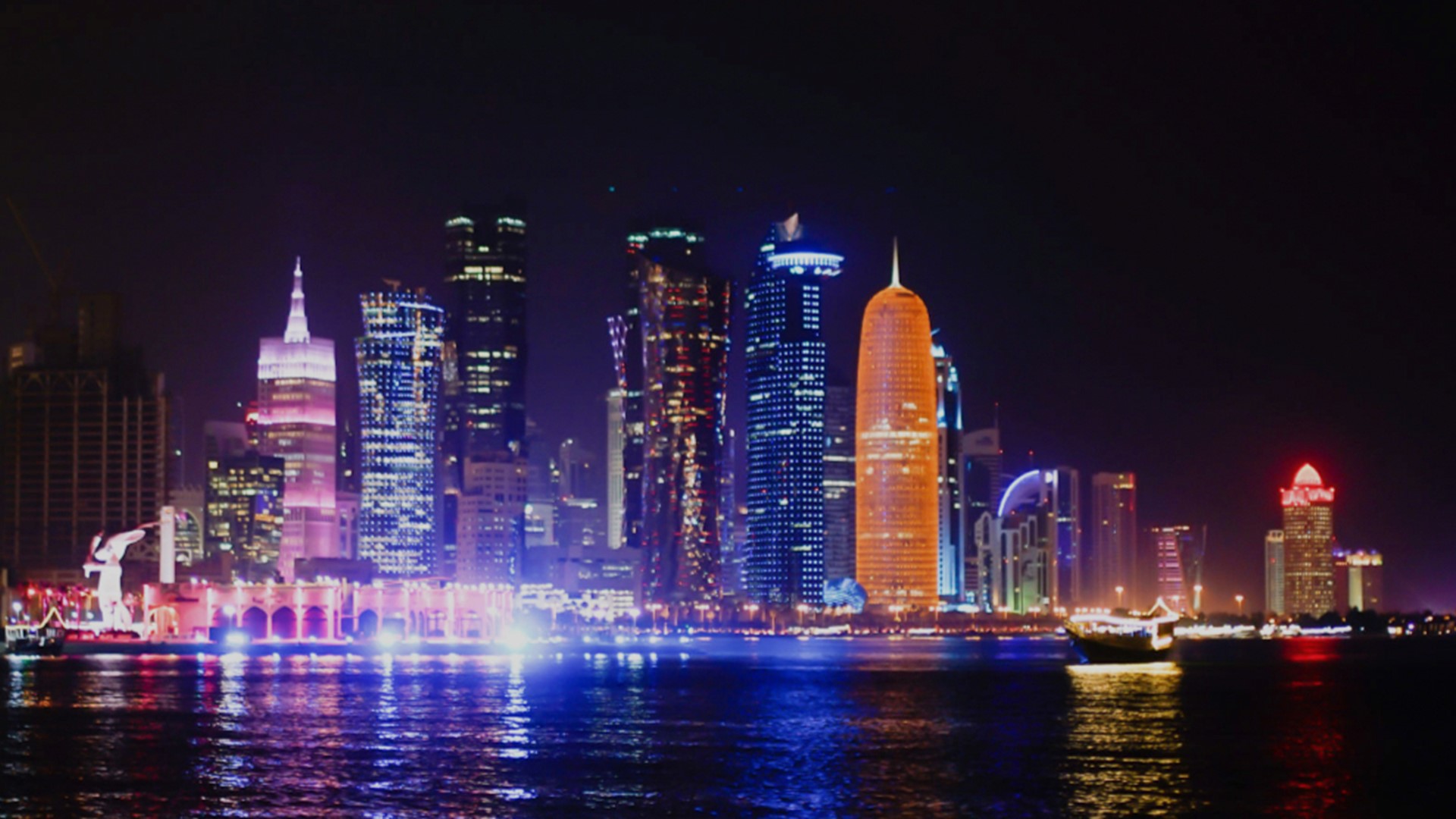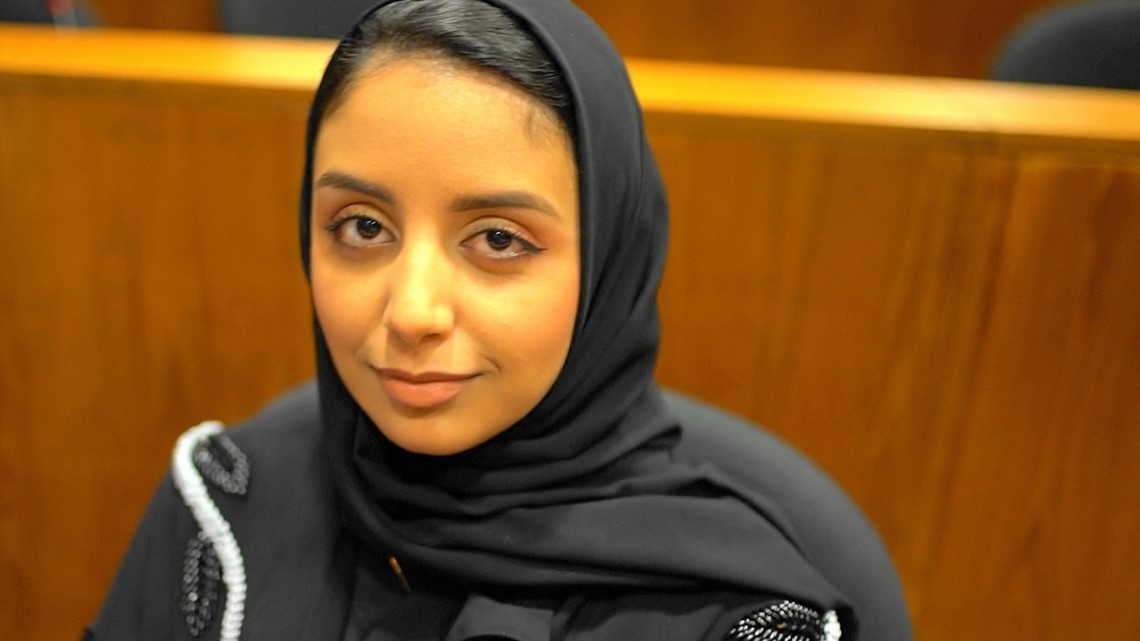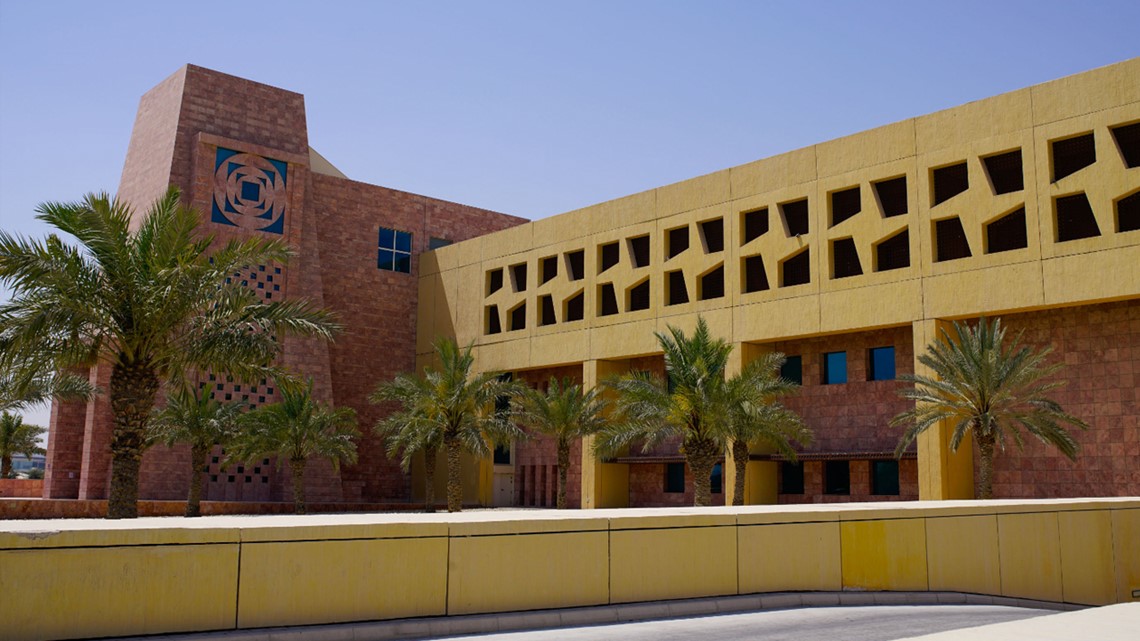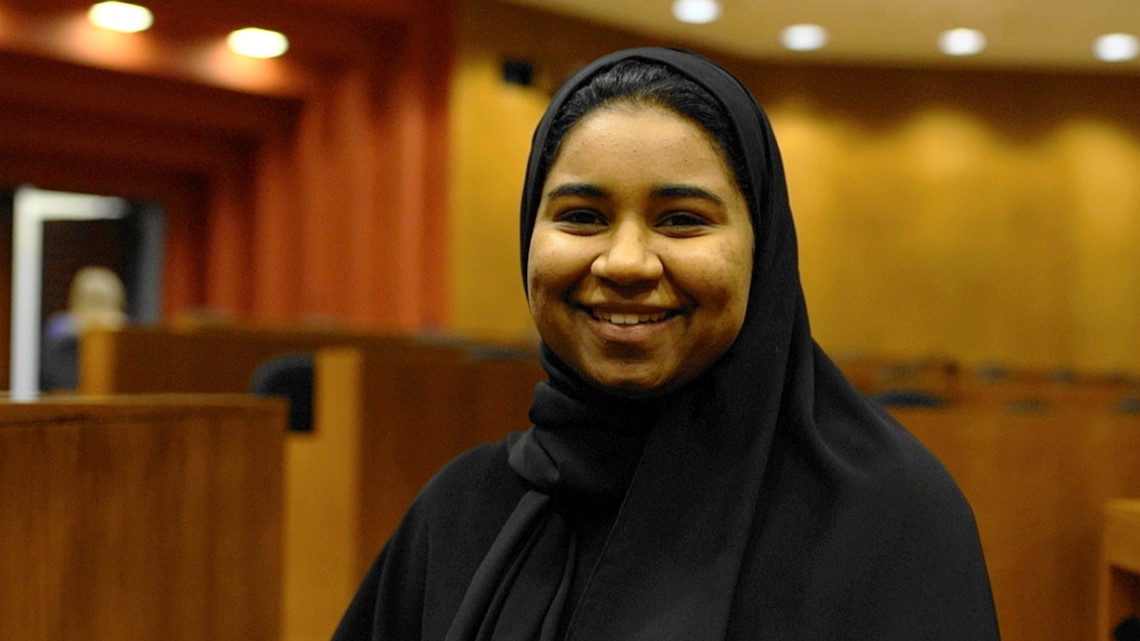The other Aggieland: Texas A&M is changing Qatar one graduate at a time
A&M was among the first U.S. universities to establish a campus in Qatar at the invitation of the Qatar Foundation, which embarked on a project known as Education City twenty years ago.

“I had the choice of going to College Station,” said Najla Badar. “But I decided to stay here in Doha and go to Texas A&M Qatar. I am the oldest in my family and have many responsibilities.”
An Aggie, graduating from Texas A&M as a petroleum engineer in male-dominated Qatar. Planning on a petroleum career in the Middle East. And a woman. As we talked on the campus, she wore an elegant abaya, a hijab, and stiletto heels.


“There are many different kinds of Qataris. Those who are conservative and not conservative. Forty or fifty years ago it was a problem for men and women to work together. Now, not at all. I don’t have to take permission from my father.”
Badar is emblematic of the changes taking place in Qatar as well as the role Texas A&M is playing in them. At A&M in College Station, men outnumber women four to one. Here women make up nearly half the student body.
A&M was among the first U.S. universities to establish a campus in Qatar at the invitation of the Qatar Foundation, which embarked on a project known as Education City twenty years ago. In the beginning, Education City was just four square miles of desert outside of Doha, the capital. Gradually EC has sprouted more than a half dozen architecturally dazzling campuses occupied by some of America’s best universities, including Northwestern, Georgetown, Carnegie Mellon, Virginia Commonwealth and Cornell Medical School.
The concept behind EC is to help the nation transcend dependence on its petroleum resources and become a knowledge-based economy. (Qatar is the richest nation in the world, with an average per capita income of nearly $130,000 a year). Sheikha Moza bin Nasser, the wife of the last Emir, is credited with creating EC, even with choosing the pink marble for the floors at the A&M complex, the first to be built in the project.
“She is our mother,” another female Aggie, Zeiab Ataya said of the Sheikha. “She built Education City, a source of power to women and their rights, an example of how great a woman is. She is a role model.”


A&M Qatar now has more than five hundred students, specializing in chemical, mechanical, electrical and petroleum engineering. Its curriculum and entrance requirements are the same as College Station, according to the university, with a four-year graduation track and Masters’ programs in science and engineering. By decree, at least seventy percent of the students must come from Qatar. Most receive financial aid from the Qatar Foundation, which runs Education City. The sticker price for tuition is the same out-of-state students pay at College Station.
“Why wouldn’t I go to A&M?” asks Tabarack Abdul-Hussein, a senior petroleum engineering major. She wears black jeans and sandals, and sports accent fingernails. She was attracted by the reputation of the institution, but when she arrived, “I was actually surprised...I’d thought there wouldn’t be a lot of female students. And I thought I wouldn’t have much social interaction, but it was exactly the opposite.”
The core engineering disciplines—mechanical, chemical, electrical, and petroleum—require students to work on projects together. With a total enrollment of about 400, classes are small by College Station standards. Most students, whether Qataris here full time, or Americans studying in Doha for a semester, say it’s normal to have 100 people in a class in Texas, whereas here there are rarely more than 20.
Many of the Qatari students have been to College Station for a semester of classes or a few weeks of leadership training. Allah Abdullah, who spent a semester in College Station, says with a hundred students in classes there, a professor probably wouldn’t know her name. Here, she says, “I can walk into a professor’s office at any time without an appointment, and even call him on the phone.”
The women Aggies from Qatar have high expectations for their careers. They want to be managers in the oil sector, not placeholders in the nation’s oil business. But they’re not naive. “Overall, the world is a patriarchy,” Moniya Al-hammadi, a fifth-year mechanical engineering major said. “So it’s not just an issue women face here. But I do think companies are working hard to hire women. But change is slow.”


Qatari petroleum graduates find their career prospects complicated by the friends and enemies game of Middle Eastern politics. Qatar shares its largest resource, the South Pars natural gas field, with Iran, enemy of the Trump administration. At the same time, America’s largest Air Base in the Middle East is on Qatari territory just an hour from Doha, which would put it in the friend column. Qatar was blockaded by Saudi Arabia, a friend of the United States, a year ago, because of Qatar’s amity with Iran. The U.S. has not taken sides in that conflict. Perhaps to win American affection, the Emir of Qatar, Sheikh Tamin bin Hamad Al Thani, gave the state of Texas $30 million in relief aid after Hurricane Harvey last summer.
A&M Qatar, meanwhile, is having an impact on the industry here, says Bill Denney, a technical manager for ConocoPhillips Qatar. “They’re producing better graduates than other schools in the region and raising the bar for entry-level expertise,” he says.
These days, as Tabarack Abdul-Hussein walks those floors, she has one goal in mind, she told me. To be the CEO of an oil and gas company by the time she’s 30.
